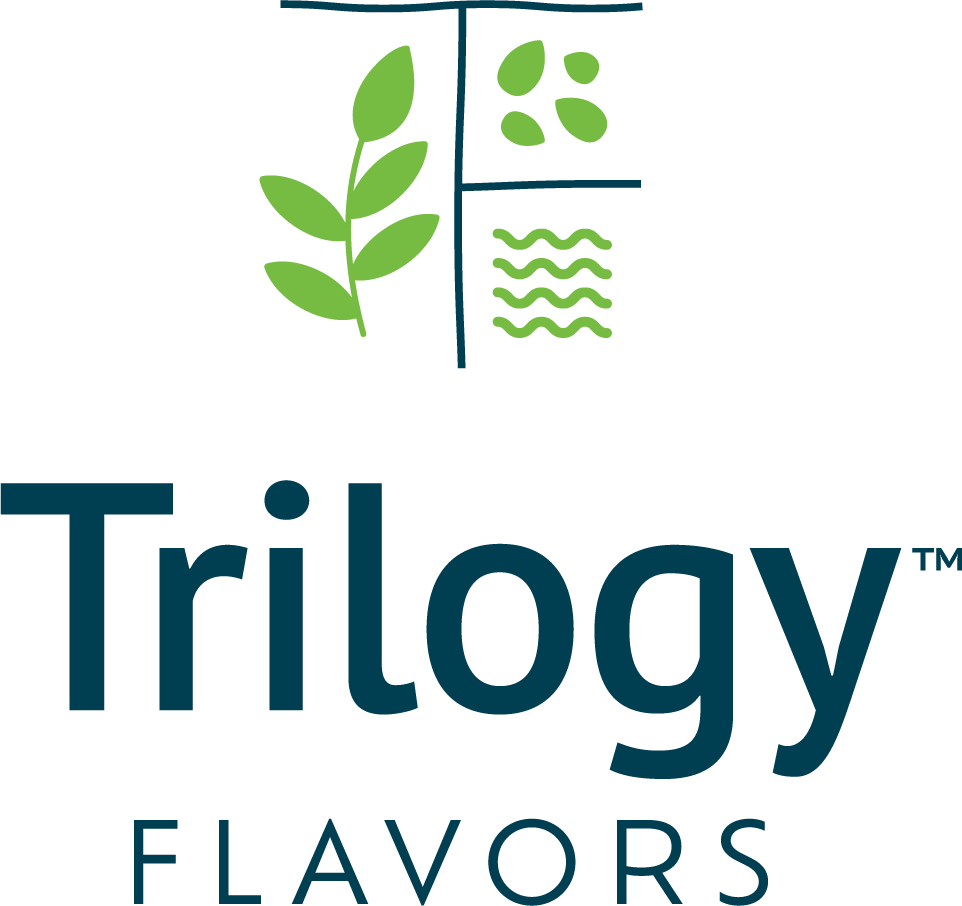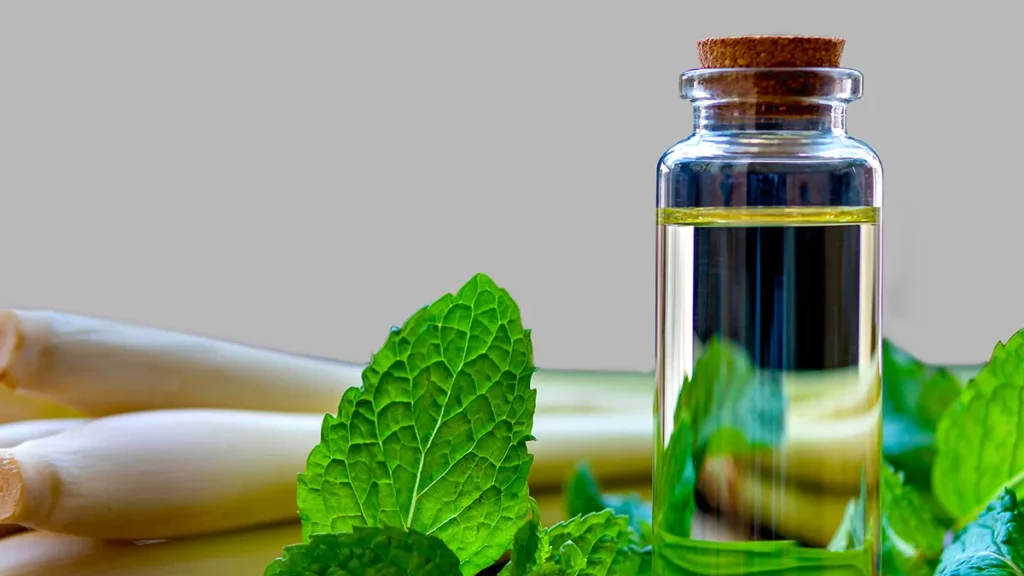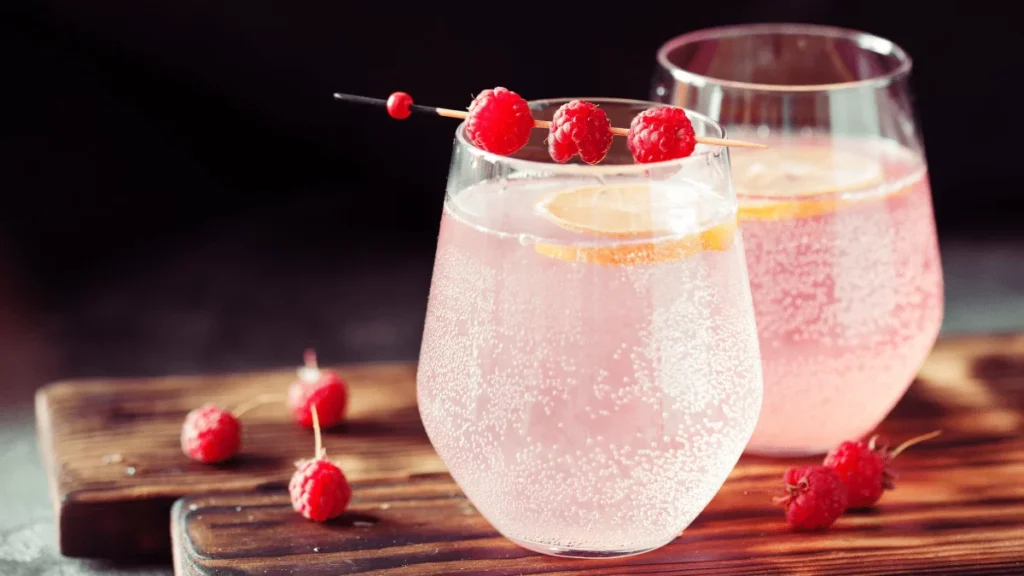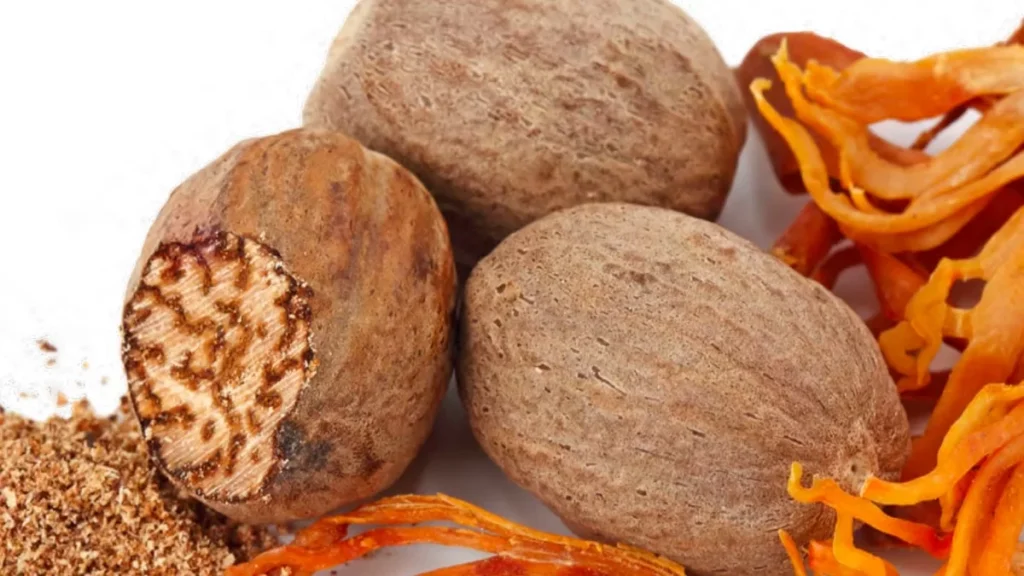In the vibrant arena of food and beverage manufacturing, the quest to create products that satisfy and delight the senses is more intense than ever. Central to this pursuit is to show that taste and flavor are not the same thing. The concept of taste sensation is the complex interaction between our taste buds and our sense of smell to develop the flavors we experience.
Whether it’s the sweetness of a perfectly ripe fruit, the savory depth of a well-seasoned broth, or the subtle bitterness that balances a craft beer, taste plays a crucial role in shaping our preferences and driving consumer choices.
But taste sensation is more than just a matter of individual preference; it’s a fundamental component of flavor development. For food and beverage producers, understanding how these taste sensations work is key to creating products that stand out in a crowded marketplace.
This is where the expertise in natural flavor formulations and enhancers comes into play. By mastering the science of taste, flavor scientists can craft flavors that resonate deeply with the target audiences of their clients, ensuring that each bite or sip offers a memorable and enjoyable experience.
In this article, we’ll explore the intricate relationship between taste sensation and flavor development, delving into the science behind it and how it guides the creation of innovative, mouth-watering products.
From balancing basic tastes to enhancing natural flavors, the journey of flavor development is as much an art as it is a science, and understanding it can be the key to success in today’s competitive market.
Understanding Taste Sensation
Taste sensation is a fundamental aspect of our interaction with food and beverages, serving as the gateway to our culinary experiences. At its core, taste is a chemical sense that our bodies have evolved to help us identify and appreciate the flavors that nature offers. By understanding the different components of taste sensation, we can better grasp how flavors are perceived and developed.
The Five Basic Tastes

The human tongue can detect five basic tastes: sweet, sour, salty, bitter, and umami. Each of these tastes is associated with specific chemical compounds and triggers a unique response in our taste buds.
- Sweet: Typically associated with sugars, sweetness is often perceived as pleasurable and is a key component in many foods and beverages. It signals the presence of energy-rich nutrients.
- Sour: Sourness is linked to acidity, found in foods like citrus fruits and fermented products. It often serves as a warning sign for potentially spoiled or unripe food, yet in controlled amounts, it can add a refreshing tang.
- Salty: Saltiness is detected when sodium ions interact with the taste buds. It is essential for maintaining the body’s electrolyte balance and is a crucial element in flavor development, enhancing the taste of other ingredients.
- Bitter: Bitterness is often perceived as unpleasant and is the body’s way of detecting potentially harmful substances. However, in controlled doses, bitterness can add depth and complexity to flavors, as seen in coffee, dark chocolate, and certain vegetables.
- Umami: Often described as a savory or meaty taste, umami is the result of glutamate, an amino acid found in foods like meat, cheese, and soy sauce. Umami enhances the richness and depth of flavors, making dishes more satisfying.
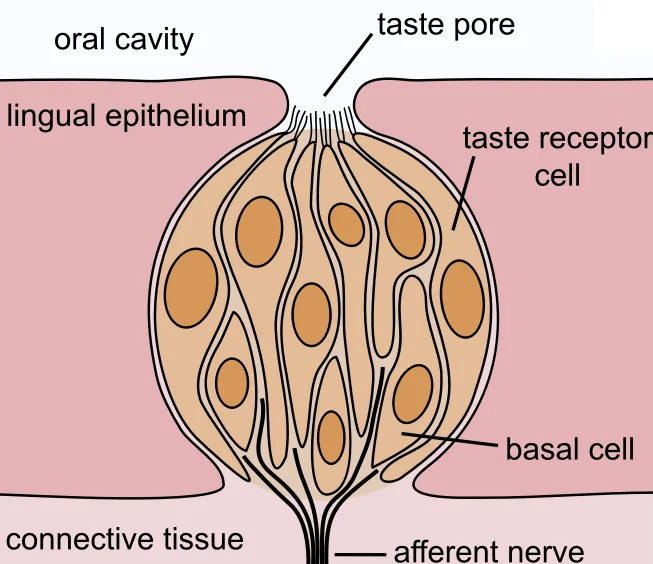
Role of the Gustatory System
The process of tasting begins with the gustatory system, where taste buds—tiny sensory organs located on the tongue and other parts of the mouth—come into play.
Each taste bud contains specialized receptor cells that interact with food molecules and send signals to the brain, where the perception of taste is formed. This complex system allows us to differentiate between the five basic tastes and their combinations, creating the rich tapestry of flavors that we experience.
Impact of Taste on Consumer Preferences
Taste is a powerful driver of consumer behavior, influencing not only what we choose to eat and drink, but also how much we enjoy those choices. The balance of sweet, sour, salty, bitter, and umami in a product determines the flavor, which can ultimately determine its success in the marketplace.
Understanding how different tastes interact and appeal to consumers is essential for food and beverage companies aiming to create products that resonate with their target audiences.
By grasping the nuances of taste sensation, companies can tailor their flavor development processes to meet consumer expectations, ensuring that each product delivers a satisfying and memorable experience. This understanding is the foundation upon which innovative and successful flavor profiles are built.
Factors Influencing Taste Perception
Taste perception is a multifaceted phenomenon influenced by various factors that extend beyond the mere interaction between food molecules and taste buds.
Understanding these factors is crucial for creating flavors that resonate with diverse consumer groups. By exploring the cultural, physiological, and sensory elements that shape taste perception, food and beverage companies can develop products that cater to the specific preferences and needs of their target audiences.
Cultural Influences

Culture plays a significant role in shaping our taste preferences and perceptions. From an early age, individuals are exposed to the flavors and culinary traditions of their cultural environment, which can have a lasting impact on their taste preferences.
For example, what is considered delicious or comforting in one culture may be unfamiliar or even unappealing in another. Spicy foods, for instance, are a staple in many Asian and Latin American cuisines, while they might be less common in Western diets.
By recognizing these cultural differences, flavor developers can tailor products to align with the taste preferences of different markets, ensuring broader appeal and acceptance.
Individual Sensitivity

Not everyone experiences taste in the same way; individual sensitivity to certain tastes can vary widely. This variation is partly due to genetic factors that influence the number and types of taste receptors on the tongue.
Some individuals, known as “super-tasters,” have a heightened sensitivity to bitter flavors due to an increased number of taste buds. Conversely, others may have a lower sensitivity to certain tastes, which can affect their flavor preferences and dietary choices.
Understanding these differences allows for the creation of products that cater to both ends of the sensitivity spectrum, ensuring that flavors are accessible and enjoyable for all consumers.
Age and Taste Perception

Age is another factor that significantly impacts taste perception. As people age, the number of taste buds decreases, leading to a diminished sense of taste.
This reduction can result in older adults finding foods less flavorful, which may prompt them to seek more intensely flavored or seasoned products. Additionally, their ability to detect sweet and salty tastes tends to decline more rapidly than the ability to perceive bitter and sour tastes, influencing dietary choices.
By considering the effects of aging on taste perception, food and beverage companies can develop products that address the changing needs of older consumers, enhancing their eating experience.
The Role of Smell in Taste

Taste and smell are closely intertwined, with the sense of smell playing a crucial role in the perception of flavor. In fact, much of what we perceive as taste is actually derived from olfactory cues.
When we eat, volatile compounds from the food travel to the olfactory receptors in the nose, contributing to the overall flavor experience.
This is why foods can taste bland when we have a cold or stuffy nose—our sense of smell is impaired. Understanding the interaction between taste and smell is essential for creating well-rounded and aromatic flavors that fully engage the senses.
By taking these factors into account, food and beverage developers can craft flavors that are not only scientifically sound, but also culturally relevant and tailored to the unique sensory experiences of their target consumers. This holistic approach to flavor development ensures that each product delivers a rich, satisfying taste experience, regardless of the individual differences among consumers.
Flavor Development in the Laboratory
Creating a successful flavor profile is a complex process that requires both scientific expertise and creative intuition.
In the controlled environment of a laboratory, flavor development involves a delicate balance of ingredients, precise measurements, and a profound understanding of how different tastes interact. From enhancing natural flavors to customizing products for specific audiences, the work done in the lab is essential to crafting flavors that stand out in the competitive food and beverage market.

Balancing Basic Tastes
One of the primary challenges in flavor development is achieving the right balance among the five basic tastes: sweet, sour, salty, bitter, and umami. Each of these tastes plays a distinct role in shaping the overall flavor profile of a product.
For example, sweetness can be used to counteract bitterness, while a touch of acidity can brighten flavors and add complexity. In the laboratory, scientists meticulously adjust the proportions of these tastes to create a harmonious blend that appeals to the target consumer.
This process often involves multiple iterations, with small adjustments made to refine the flavor until it reaches the desired balance.
Enhancing Natural Flavors
In today’s health-conscious market, there is a growing demand for products that feature natural ingredients and flavors. Enhancing natural flavors involves amplifying the inherent taste characteristics of the ingredients without overpowering them.
This can be achieved through the use of natural flavor enhancers, which are carefully selected to boost the desired taste sensations. For example, certain compounds can be added to intensify the sweetness of fruit flavors or to deepen the umami taste in savory products.
The goal is to create a flavor profile that feels authentic and satisfying, with a focus on maintaining the natural essence of the ingredients.
Customizing Flavors for Target Audiences
Flavor preferences can vary significantly across different demographic groups, and successful flavor development often requires tailoring products to meet the specific tastes of the target audience.
In the laboratory, scientists work to customize flavors by adjusting the intensity and balance of tastes to match consumer preferences. For instance, a snack intended for a younger audience might have a bolder, sweeter flavor profile, while a product aimed at an older demographic might feature more subtle, sophisticated tastes.
By understanding the preferences of the target market, flavor developers can create products that resonate deeply with consumers, leading to higher satisfaction and brand loyalty.
Reaction Flavors

One of the more advanced techniques in flavor development is the creation of reaction flavors, which result from the interaction of ingredients under specific conditions, such as heat or pressure.
These flavors are often used to replicate the complex taste profiles found in cooked or processed foods, such as grilled meats or roasted vegetables.
In the lab, scientists carefully control the reaction conditions to produce the desired flavors, capturing the essence of cooking processes in a controlled environment. Reaction flavors add depth and authenticity to products, allowing manufacturers to deliver rich, multi-layered taste experiences.
By combining scientific rigor with creative experimentation, flavor development in the laboratory is both an art and a science.
The meticulous process of balancing tastes, enhancing natural flavors, customizing profiles for specific audiences, and utilizing reaction flavors ensures that each product is crafted to deliver a memorable and enjoyable experience.
Through this innovative approach, food and beverage companies can continue to push the boundaries of flavor, creating products that delight consumers and stand out in the marketplace.
Additional Reading: Ask the Expert — Reaction Flavors for Meat Alternatives
Innovative Approaches to Flavor Development
The art and science of flavor development are continually evolving, driven by technological advancements, consumer demands, and a more in-depth understanding of taste perception.
Today’s food and beverage companies are embracing innovative approaches to create unique and memorable flavor experiences that cater to diverse palates. From the use of cutting-edge techniques like molecular gastronomy to sustainable practices in flavor creation, these innovations are shaping the future of the industry.
Molecular Gastronomy
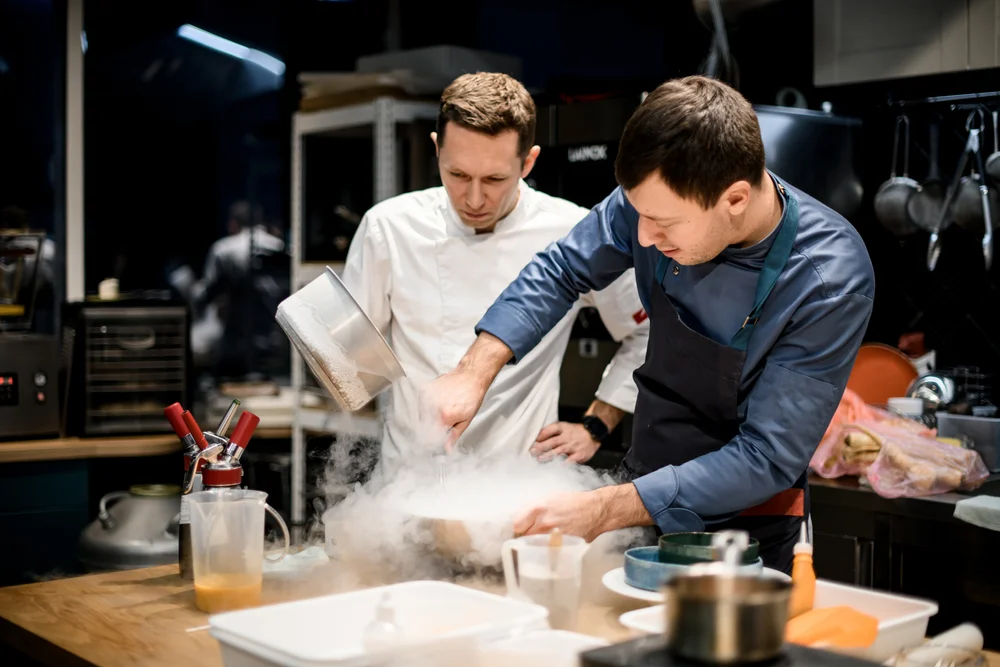
Molecular gastronomy represents the fusion of culinary arts and food science, using scientific principles to explore and manipulate the chemical processes that occur during cooking. This approach allows flavor developers to create entirely new taste experiences by altering the texture, form, and structure of ingredients.
For example, by using techniques like spherification (turning liquids into gel-like spheres) or foaming (creating airy, flavorful foams), developers can deliver flavors in unexpected and innovative ways. Molecular gastronomy not only enhances the sensory appeal of a dish but also opens up new possibilities for flavor combinations that were previously unimaginable.
Flavor Pairing
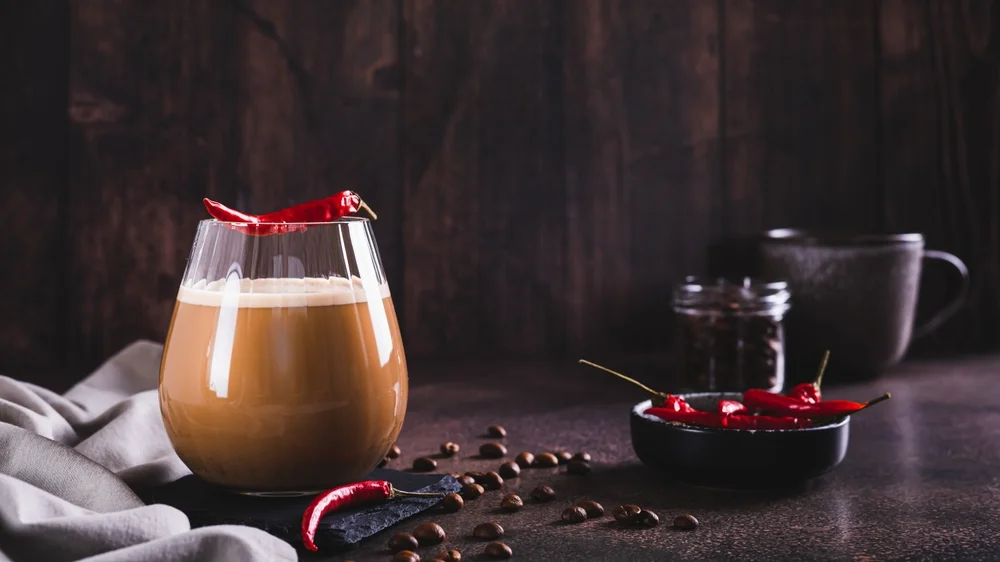
Flavor pairing is an innovative approach that uses scientific data to identify and combine ingredients that share complementary flavor compounds. By analyzing the molecular makeup of different foods, flavor scientists can predict which ingredients will work well together, creating harmonious and balanced taste profiles.
This technique has led to the discovery of unconventional yet successful flavor combinations, such as chocolate and blue cheese or strawberries and basil. Flavor pairing allows developers to push the boundaries of traditional flavor profiles, offering consumers new and exciting taste experiences that challenge their expectations.
Sustainable Flavor Development

As sustainability becomes increasingly important to consumers, the food and beverage industry is responding by adopting eco-friendly practices in flavor development. This includes sourcing ingredients from sustainable and ethical suppliers, reducing waste in the production process, and creating flavors that rely on natural, renewable resources.
One approach is to use upcycled ingredients—byproducts of food processing that would otherwise go to waste—to create new flavor compounds.
Another is to develop plant-based flavors that mimic the taste of animal products, reducing the environmental impact of food production.
Sustainable flavor development not only aligns with consumer values but also contributes to the long-term viability of the industry.
The Role of Technology in Flavor Development
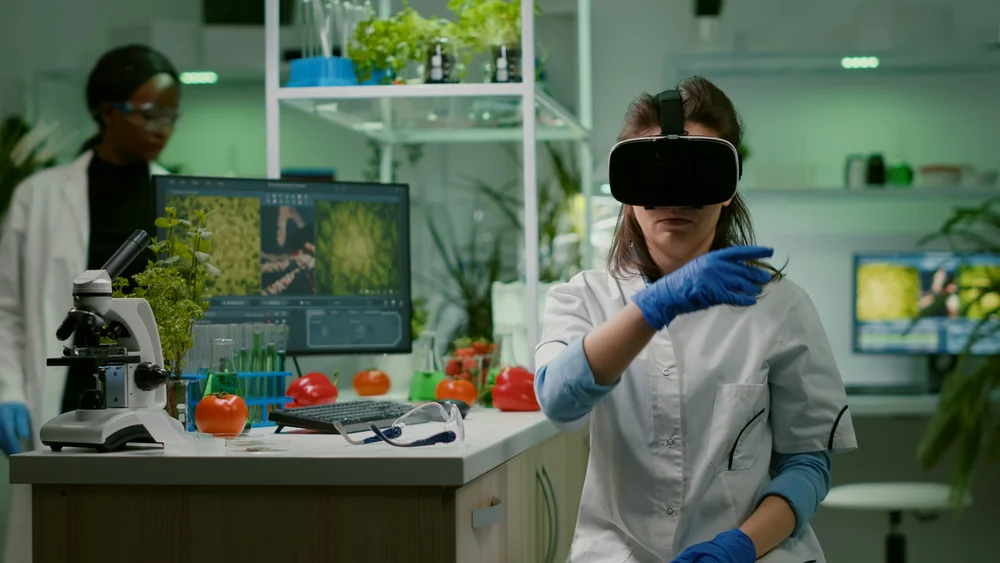
Advances in technology are playing a significant role in shaping the future of flavor development. Artificial intelligence (AI) and machine learning are being used to predict consumer preferences and create new flavor profiles with greater accuracy and efficiency.
By analyzing vast amounts of data on taste preferences, regional trends, and ingredient interactions, AI can suggest novel flavor combinations and optimize formulations to meet specific consumer needs.
Additionally, virtual reality (VR) is being explored as a tool for sensory evaluation, allowing developers to test flavors in simulated environments that closely mimic real-world experiences.
These technological innovations are revolutionizing the way flavors are developed and tested, leading to faster, more precise, and more creative outcomes.
Collaboration with Chefs and Culinary Experts

Innovation in flavor development is also being driven by collaboration between flavor scientists and culinary experts. Chefs bring an in-depth understanding of ingredients, techniques, and presentation, while scientists provide the technical knowledge to manipulate and enhance flavors at the molecular level.
Together, they can create products that are both scientifically sound and gastronomically exciting. This cross-disciplinary approach ensures that the flavors developed are appealing from a taste perspective and have the potential to inspire new culinary trends.
By embracing these innovative approaches, food and beverage companies can stay ahead of the curve, creating flavors that resonate with modern consumers and push the boundaries of what’s possible.
Whether through the use of molecular gastronomy, flavor pairing, sustainable practices, or advanced technology, the future of flavor development is filled with exciting possibilities that promise to elevate the culinary experience to new heights.
Examples and Applications
The practical application of innovative flavor development techniques can be seen in various successful products across the food and beverage industry. Through targeted research, advanced technology, and creative collaboration, companies have been able to develop flavors that not only meet consumer expectations but also set new trends.
In this section, we’ll explore a few hypothetical examples created to illustrate the process of flavor development that highlight the impact of these approaches and the tangible results they can achieve.
Example 1: Reinventing a Classic Beverage with Natural Flavors

One of the most notable examples of flavor innovation is the reinvention of a classic soft drink brand to meet the growing demand for natural ingredients. The company sought to create a more health-conscious version of their iconic beverage, replacing artificial flavors with natural ones while maintaining the signature taste that consumers love.
By working closely with flavor scientists, they were able to develop a blend of natural fruit extracts and plant-based sweeteners that replicated the original flavor profile perfectly. The reformulated drink retained its market share and attracted new consumers who were searching for healthier alternatives without compromising on taste.
This example highlights the importance of aligning product development with consumer trends, demonstrating how a commitment to natural flavor enhancement can lead to commercial success.
Example 2: Creating an Umami-Rich Snack for Global Markets
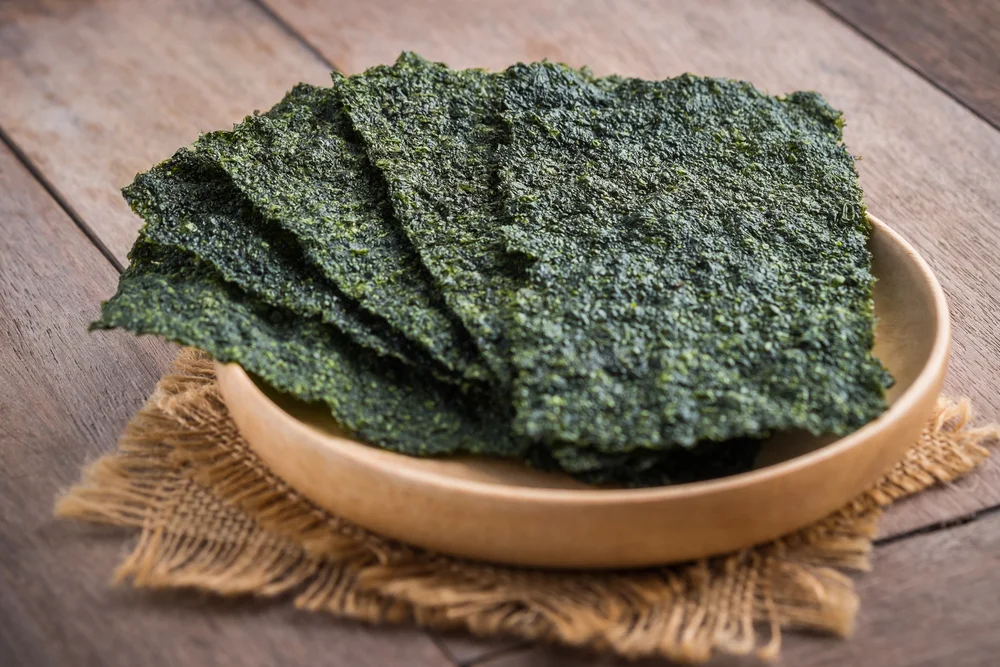
A global snack company faced the challenge of developing a new product that could appeal to diverse taste preferences across different regions. They focused on creating an umami-rich flavor profile that would resonate with consumers from Asia, Europe, and North America.
To achieve this, the company employed flavor pairing techniques to identify ingredients that would enhance the umami taste, such as seaweed extract, mushroom powder, and fermented soy. The result was a savory, satisfying snack that became a hit in multiple markets.
This example illustrates the power of leveraging scientific insights into taste sensation to create flavors that transcend cultural boundaries and achieve widespread appeal.
Example 3: Innovating with Sustainable Flavors in Plant-Based Foods
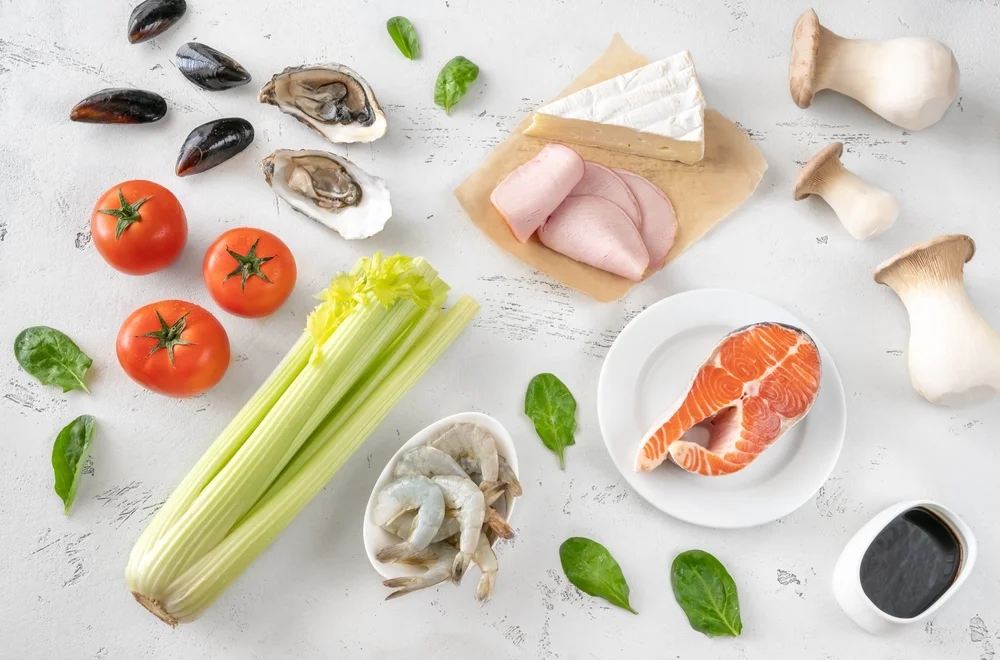
As the plant-based food market continues to grow, one company took the initiative to develop meat alternatives that mimic the texture of meat and replicate its complex flavor profile. They focused on using sustainable, plant-derived ingredients to create a product that could satisfy even the most discerning meat-eaters.
By employing advanced flavor development techniques such as reaction flavors, the company was able to simulate the savory, grilled notes typically found in cooked meat. Additionally, they used upcycled ingredients, such as spent grains from brewing processes, to enhance the product’s umami flavor while reducing waste.
The success of this product highlights the potential of sustainable flavor development to create environmentally friendly foods that do not compromise on taste.
Additional Reading: Meat Flavoring and Extracts
Example 4: Customizing Beverage Flavors for Targeted Demographics
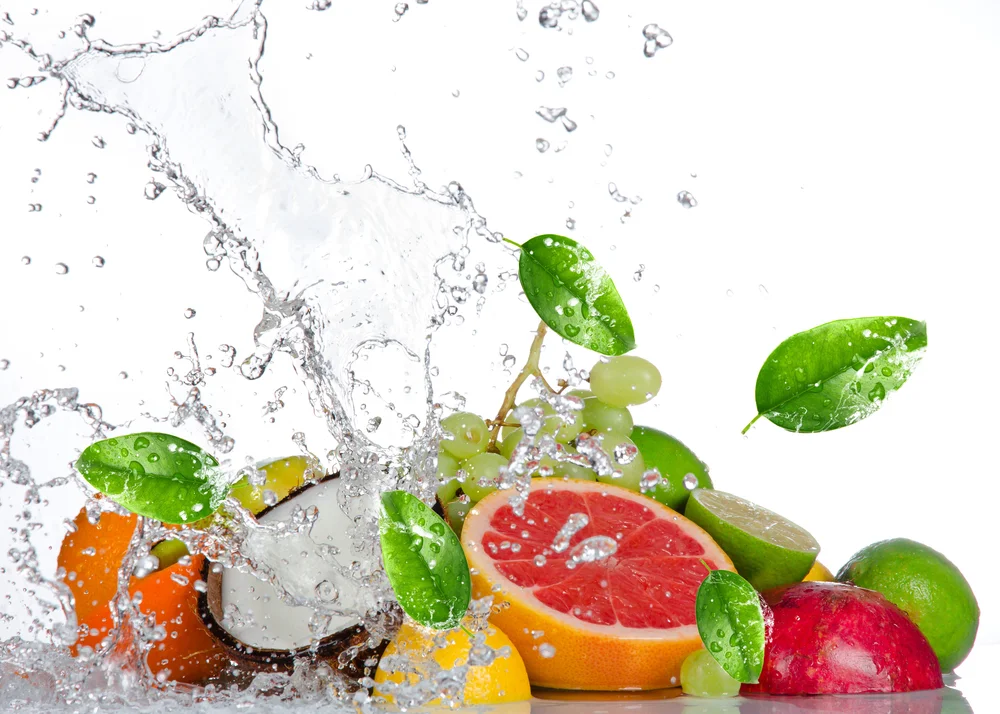
A beverage company aimed to capture the growing market of health-conscious consumers by developing a line of low-sugar, flavored waters. Understanding that flavor preferences vary across different demographics, the company used AI-driven consumer insights to tailor the flavor profiles to specific target groups.
For example, they created a flavor with a subtle, sophisticated blend of cucumber and mint for older adults seeking a refreshing yet mild taste, while opting for a more vibrant, fruity combination for younger consumers.
By customizing their approach, the company was able to successfully launch a product line that appealed to a broad audience, with each flavor designed to meet the unique preferences of different consumer segments.
Additional Reading: Flavors for Water & Sports, Energy, and Juice Drinks
Example 5: Utilizing Molecular Gastronomy in a Premium Dessert Line
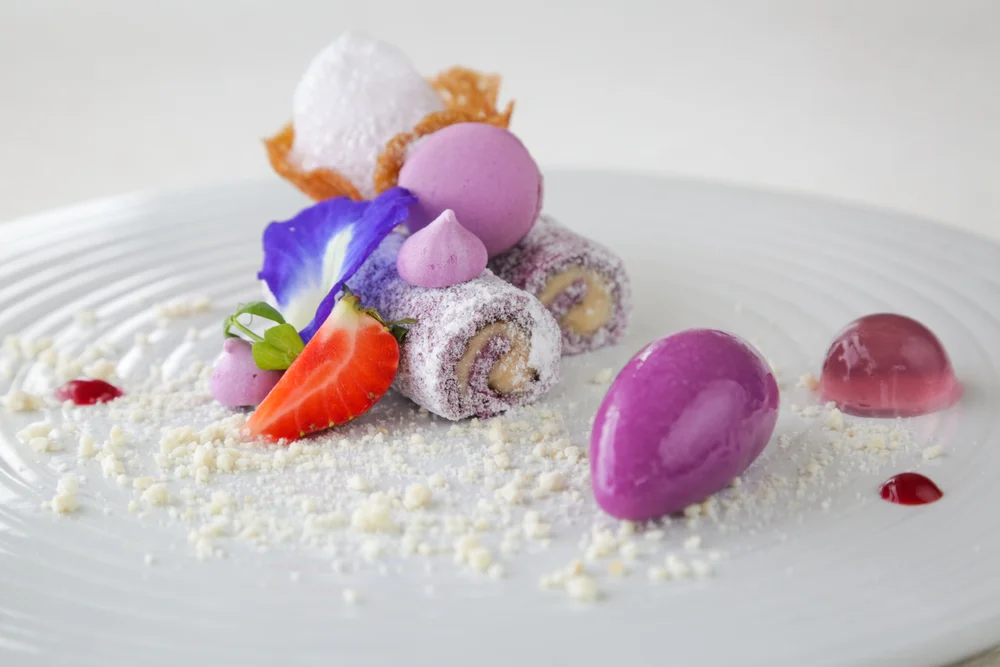
A premium dessert brand sought to differentiate itself in the crowded market by offering an avant-garde line of confections that delivered an unexpected flavor experience.
They collaborated with chefs skilled in molecular gastronomy to develop desserts that featured unique textures and flavor delivery methods, such as liquid nitrogen ice cream and edible foams infused with exotic fruit essences.
The use of molecular techniques allowed the brand to create desserts that not only tasted extraordinary, but also provided a multisensory experience that engaged consumers in new and exciting ways.
The success of this product line underscores the value of pushing the boundaries of flavor development to create memorable, high-end culinary experiences.
These hypothetical examples demonstrate the diverse applications of innovative flavor development strategies in the food and beverage industry. Whether through the reinvention of classic products, the creation of new market segments, or the pursuit of sustainability, companies are leveraging cutting-edge techniques to deliver flavors that resonate with consumers and drive business success.
By learning from these examples, other businesses can gain valuable insights into how approaching flavor developing companies can benefit in ways that align with both market demands and their brand identity.
Looking Ahead: The Future of Flavor Development
The future of flavor development is set to be dynamic and transformative, driven by advancements in technology, shifting consumer preferences, and a heightened focus on sustainability. Here’s a glimpse into what lies ahead:
- Embracing AI and Machine Learning: Artificial intelligence and machine learning will increasingly shape flavor development, allowing for data-driven insights into consumer preferences and ingredient interactions. This technology will enable more personalized and optimized flavor formulations, leading to innovative and precise product development.
- Rise of Functional Flavors: Consumers’ growing interest in health and wellness will drive the demand for functional flavors that offer health benefits beyond taste. Expect to see flavors derived from superfoods, probiotics, and other beneficial ingredients that balance health benefits with sensory appeal.
- Sustainability as a Core Principle: Sustainability will remain a key focus, with companies adopting practices like using upcycled ingredients and sourcing renewable resources. Transparent sourcing and eco-friendly production methods will become increasingly important to meet consumer expectations.
- Exploring New Taste Territories: The pursuit of new and unconventional taste experiences will expand as consumers seek adventurous flavor profiles. Innovations may include exotic ingredients, unexpected pairings, and new taste sensations that push the boundaries of traditional flavors.
- Enhancing the Multisensory Experience: Future flavor development will enhance the multisensory experience of food and beverages, integrating taste with other sensory cues such as sight, smell, and texture. This approach will create more immersive and memorable consumer experiences.
- Collaboration and Innovation: Collaboration among flavor scientists, chefs, technologists, and marketers will drive innovation. Open innovation platforms and partnerships will foster creativity, leading to new flavor trends and advancements.
Conclusion
Companies that embrace these innovations and focus on enhancing the multisensory experience will be well-positioned to meet consumer demands and set new trends in the industry. By staying at the forefront of these developments, flavor developers can create products that not only satisfy but also inspire and delight, ensuring their place in a competitive and ever-changing market.
Explore how innovative flavor solutions can elevate your products and meet emerging consumer trends. Discover the latest advancements and expert insights into taste sensations and flavor development to stay ahead in the industry.
